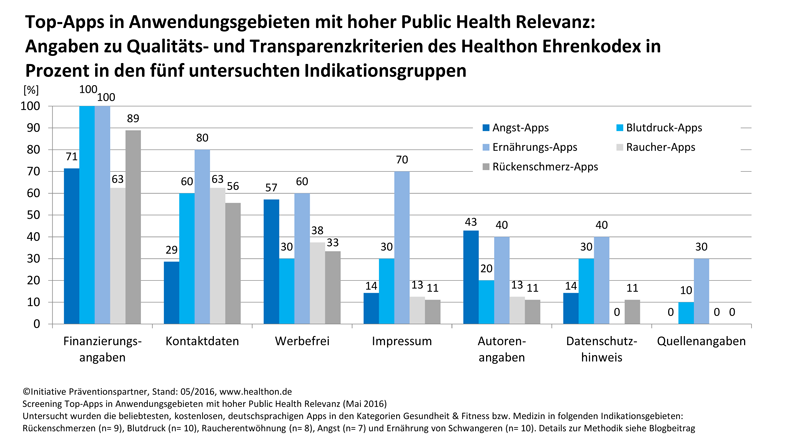This is a guest post by Katie Matlack, a Medical Analyst for Software Company “Software Advice“.
By now plenty of bloggers have discussed the September study that found that well over half of doctors use social media in their practice of medicine. It came as no surprise that most docs who participated in the study said the marketing and business development benefits of social media were their biggest motivation. The study made me think more about other reasons why doctors are–or should be–social networking:
Social media can actually improve care. I found a study in Chest Journal that discussed findings showing that patients who’re in touch with their doctor after their visit are more likely to follow the doctor’s instructions when it comes to things like taking medications properly.
Social media helps you spread useful information. This is obvious. With so much information online, the source of health information is increasingly important for readers to consider. People are becoming more web-savvy and more discriminating in where they get their advice. So doctors who lend their voices to the conversation are doing a valuable service to the online world–which, don’t forget, does include current and prospective patients. It’s a way of doing well by doing good.
Social media access to doctors fosters patient interest and engagement. You’ve seen the growth of the e-patient movement, where networked patients take an active responsibility for their own health, drawing especially on online information and connectivity as a means to reach that end. Providers who support patient partnership in their own health will help build a better future of healthcare.
Given those compelling reasons as just some that might motivate doctors to get started with social media right away, I wanted to provide a few concrete steps to inform that effort. Here’s a rundown.
- Verify your patients use social media. If the population you treat isn’t yet wired, maybe social media use doesn’t yet need to be a priority for you, in spite of all the hype.
- See what your patients are interested in. If you know your patients are on social networks, the next step is to see what they want to learn from you. That’s the unique value you’ll add to their social network, after all, so instead of guessing at what they want to know, why not just ask them? Put a survey in your waiting room to get quick feedback.
- Think about how to communicate in a form that appeals to the folks you treat. Do you treat teens? Maybe you should link to articles featuring teen hearthrobs speaking about health issues. Do you treat businesspeople? Perhaps you should lean towards sharing features from the Wall Street Journal instead.
- Build and hold to your schedule. You can visit my full article to get more detail on how to create this schedule in steps; the key is to create a manageable plan, then stick to it.
- Keep a close eye on your online reputation. You can use sites like LinkedIn and Facebook to control your online image. Building your profile on these sites takes less time than you might imagine. From there, you just need to respond to people who get in touch with you through these networks.
 Katie joined Software Advice in 2011. She writes about health information technology, particularly electronic medical records. She has a background in sustainable development and has lived in four different countries in the past five years, and is happy to be taking root in Austin, Texas. Katie graduated from Yale University with a degree in American Studies.
Katie joined Software Advice in 2011. She writes about health information technology, particularly electronic medical records. She has a background in sustainable development and has lived in four different countries in the past five years, and is happy to be taking root in Austin, Texas. Katie graduated from Yale University with a degree in American Studies.
